Back and joint pain and aching muscles are the reward for trying to be an athlete on the weekends. Cyclists overlook the problem, considering it a normal part of the training process. But overworked muscles refer to injuries that develop gradually. Maintaining and promoting health is impossible without making an effort to strengthen the muscles.
What muscles work when you ride a bike
630 skeletal muscles, consisting of thousands of bundled fibers, are involved in the cyclist’s movement. At the end, the sheath thickens into a tendon, through which the muscle is attached to the bone. All muscle fibers are surrounded by a thin membrane that transmits impulses and causes their contraction. At the cellular level, each fiber consists of a cytoplasm filled with protein filaments.
Riding a bicycle “pumps” all muscle groups, develops muscle strength, and increases efficiency.
| Body Muscles | Action in cycling. |
|---|---|
| The quadriceps and biceps of the thigh | Take strokes while riding and loads when going Uphill—how-to-learn–tips Raises the pedals from a lower position |
| Calf calf muscles | Stressed when the toe of the foot presses against the pedal |
| iliac (groin area) | Bends the legs at the knee and extends the hips Sensitive to bicycle loads |
| Glutes | Subject to severe strain while riding The largest muscles become active when cycling, causing significant calorie loss Maintain balance |
| Abs | Keep your trunk in the right position while you ride Assist in pedaling |
| Arms and shoulder girdle | Muscle group not used much when riding a bicycle Stress is felt on climbs and sharp turns |
| Cardiac muscle | Myocardial contractility increases Venous blood flow stabilizes Reduces the risk of heart disease |
When you ride a bicycle, the main load is on your legs. The gluteal muscles, along with the thighs, transfer energy to the cyclist’s lower limbs as they pedal. The muscles of the torso (back, abdomen) keep the balance, reduces the load on the pelvic organs. Numerous photos on the Internet clearly show the function and anatomy of the muscles involved in cycling.
In men.
Professional cyclists can be seen by their muscular legs and pumped neck. The muscle groups of the lower extremities function more than other muscles by pedaling the bicycle. The power load on the neck is connected with the constant inclination of the body of athletes and the need to hold the head in the weight. The muscle complex of the back and hips is strengthened during lifting as the cyclist exerts maximum effort.
For men, it’s important that working muscles take the strain when riding a bicycle. When sitting low in the saddle, the cyclist’s pumped up glutes prevent congestion in the circulatory and genitourinary systems and maintain sexual health.
Which muscles will be involved when cycling depends on the biker’s riding style. In the sitting position, the muscle tissue of the front of the thigh contracts under the influence of nerve impulses. When you gain speed while standing on the pedals, the rear muscles swing. The glutes “work” together with the leg muscles. For example, on road bikes, the back muscles are weakly strengthened. And when riding high-speed freeway bikes, the load increases several times.
In women.
Engagement in cycling develops endurance, strength, flexibility. Effective use of an accessible means of transportation involves determining the optimal loads according to the gender and physical abilities of the cyclist. For women, there are special rules for gaining muscle mass when riding a bicycle:
- Don’t get carried away with long workouts.
- Do cycling every day for 1.5-2 hours.
- While cycling, tilt your torso slightly forward to increase the load on the abdominal and lumbar muscles.
- To get your glutes in perfect shape, use a combination riding method. Replace the standing position with smooth, constant pedaling at speed.
- While cycling, the abdominal muscles are strengthened by repeated contraction of the oblique and transverse abdominal muscles.
Overweight cycling causes varicose veins. A woman’s legs should be beautiful and blood vessels should be elastic. That is why you should choose a smooth road surface without obstacles and defects. It will help not to break a back, but to keep a muscular skeleton in a tone.
Does a long ride on a bike affect the muscles?
Scientists have determined what muscles are pumped by cycling and what changes occur during exercise.
- The muscle tissue responsible for breathing becomes more developed for vital functions.
- The efficiency of the heart muscle increases.
- Resting heart rate decreases.
- Blood pressure normalizes and blood circulation improves.
- The number of red blood cells delivering oxygen to the tissues increases.
- There is a significant improvement in psychological resistance to stress.
Effective working out is possible only with a long bike ride. Slow walks for 40 minutes have minimal impact. Muscles work under the condition of serious strain. Regular bike rides with increased exercise time strengthen the muscles, causing them to grow.
Reasons why not all cyclists have voluminous leg muscles
Hardened bike marathoners, road riders, and mountain bikers are not known for their beefy, pumped up legs. For lean athletes, an aerobic system that supplies oxygen to the working muscles is important. For regular cyclists, bodybuilding sessions at the gym will lead to more muscle mass more quickly.
When riding a bicycle, the main load is on the legs because of the constant rotation of the pedals. The muscles of the lower limbs gain elasticity and are toned. Special exercises will be required to increase the volume, as the physical load is distributed throughout the cyclist’s body. Walking on a bicycle never yields tangible results. Pumped up legs are needed by sprinters or track athletes to cover distances in a short time with increased power.
Heart Muscle Training
N.M. Amosov called the heart a unique creation of nature. The main purpose of the heart muscle is to create blood flow in all tissues of the body and as a pump to pump blood. The mechanism of cycling training comes down to the balance of the processes of fatigue and recovery. The load engages not only a single muscle or group of muscles, but the entire organ system. With each exercise, the functional status of the heart increases. Regular cycling stimulates the heart muscle and vascular walls, increasing circulatory organ function. When the muscles are working, exercise reduces the heart rate, and the body moves to a new, more advanced level of regulation of life processes.
Highly trained cyclists have a lower heart rate of 30-40 beats per minute when exercising for long periods of time. The heart of a trained cyclist, permeated with frequent blood vessels, better nourishes muscle tissue and activates metabolism. This unique property contributes to the normal functioning of the vascular system without pathological abnormalities.
What are the benefits of exercise bicycles other than muscle strengthening?
Scientists recommend cycling, which pushes back the age limits of aging and prolongs life. Cycling as a universal way of “urban” physical activity is characterized by the following beneficial properties:
- cycling improves heart and lung function;
- burns extra calories;
- develops muscle strength;
- strengthens the cardiovascular system;
- improves the nervous system;
- increases the flow of oxygen and blood to the brain;
- activates the action of receptors;
- promotes the creation of new cells in the hippocampus (the area of the brain responsible for memory);
- develops creative thinking;
- activates neural activity;
- increases the number of white blood cells (white blood cells);
- strengthens the immune system;
- increases the body’s resistance to infections.
Riding a bicycle in terms of benefits to the body is equated with swimming and running.
Recommendations for the best exercises to strengthen the muscles
Of the endless number of ways to exercise, it is important to choose those that involve many muscles and develop important motor functions of the body. 9 tips from experienced cyclists:
- Gradually build up the intensity and duration of cycling activities. Focus on muscles that respond slowly to exercise when choosing a ramp-up pace. The buildup should be 3-5% per day to the result you have achieved.
- During physical activity the most vulnerable organ is heart. Therefore, its capabilities are focused on in the first place.
- Set a bicycle pace at which the heart rate will increase to 11-12 beats per minute.
- When exercising, ensure a balanced diet and weight consistency.
- Exercise daily on the exercise bike for 5-10 minutes at an average speed of 19-20 km.
- On a mountain bike, ride 10 km in 30 minutes, keeping an average speed of 18-20 km.
- On a road bike, ride on a paved road at a speed of 20-25 km.
- Strength, endurance, speed of pedaling develop squatting, one-leg deadlift.
- Stretching helps to relax and recover muscles after workouts.
For harmonious physical development you need exercises for all muscles and joints of the body.
Conclusion
Reduced physical activity leads to hypodynamia, which is not a disease, but causes serious disorders in the body. A sedentary lifestyle reduces the rate of metabolism, reduces vascular tone, and leads to diseases of the musculoskeletal system.
A bicycle is a functional tool for solving problems. Scientists of the Norwegian Institute of Sports presented calculations that show: the number of possible exercises exceeds the number of atoms in the universe and is incomparable with the number of known medicines in medicine. To acquire the necessary amount of motor activity, it is necessary to know which muscles work when cycling in women and which in men. The biker himself chooses the most appropriate way of recreational effect.

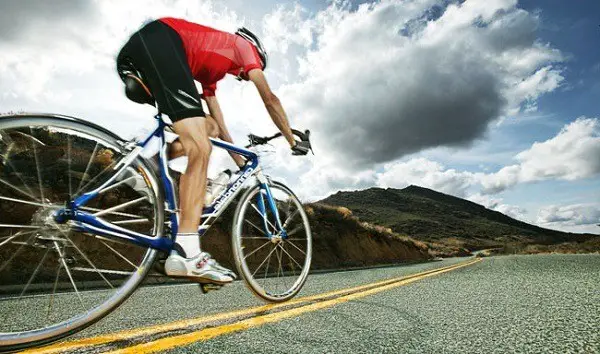
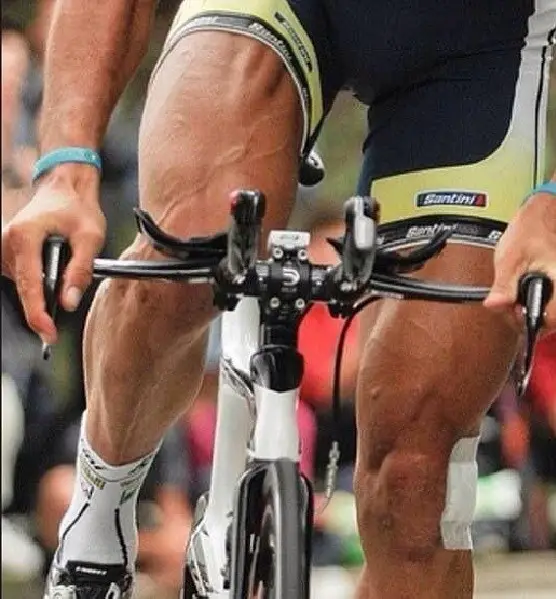
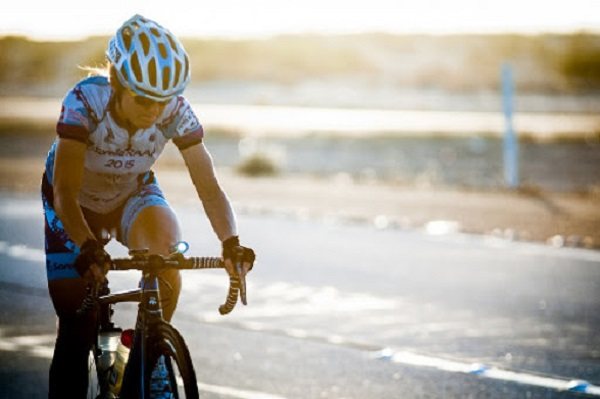
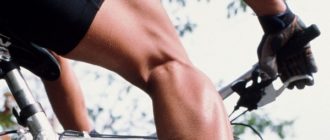



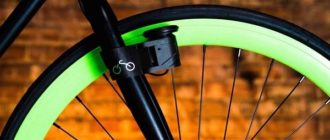
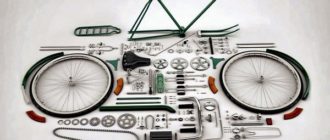
Thank you, the article was very interesting and now I am even more convinced of the benefits of at least sometimes to ride a bike) really good for all kinds of muscles) so it’s good that I often ride a bike)
This article is very interesting to me, a lot of new information, nothing superfluous. Thanks for the useful tips, I will use them in my practice.